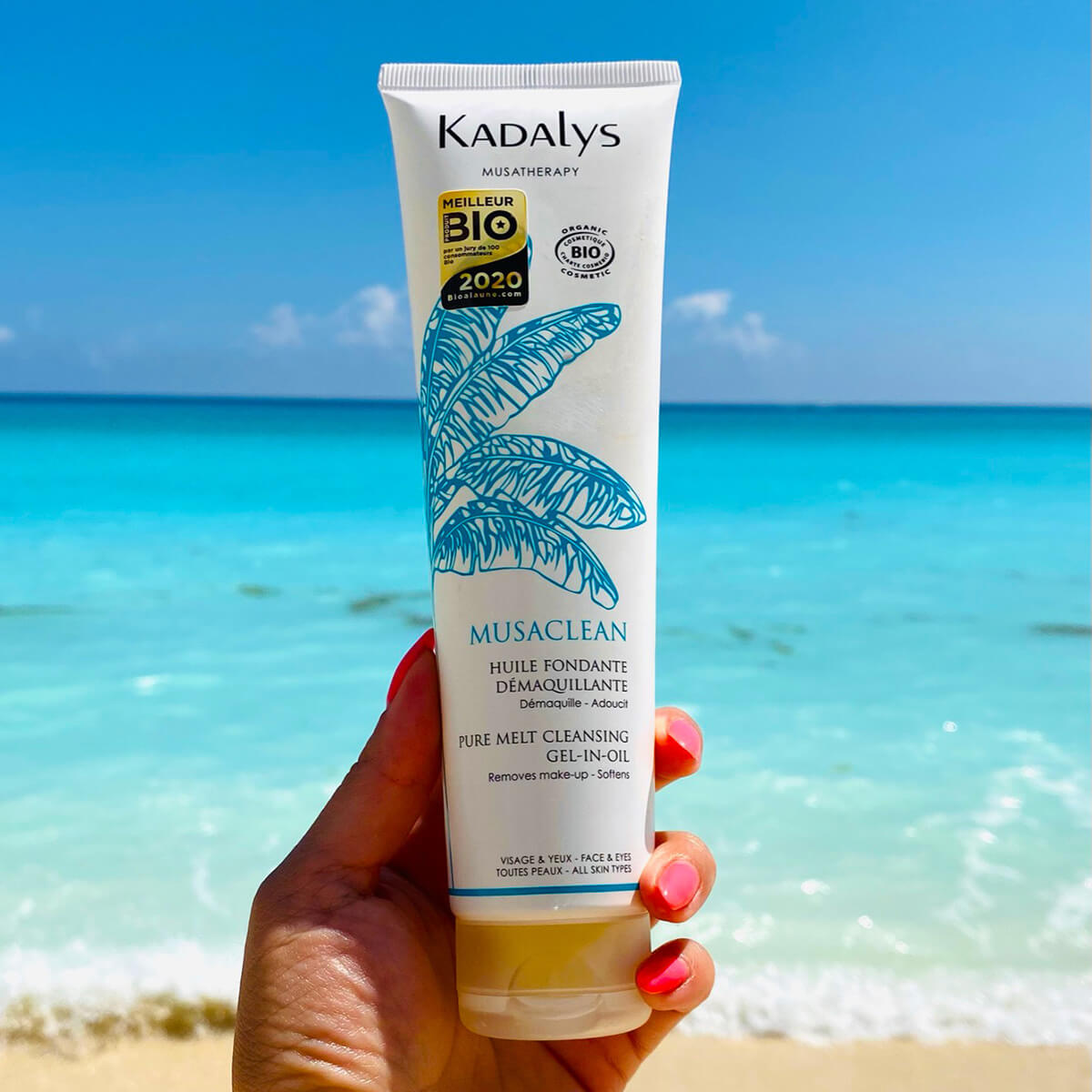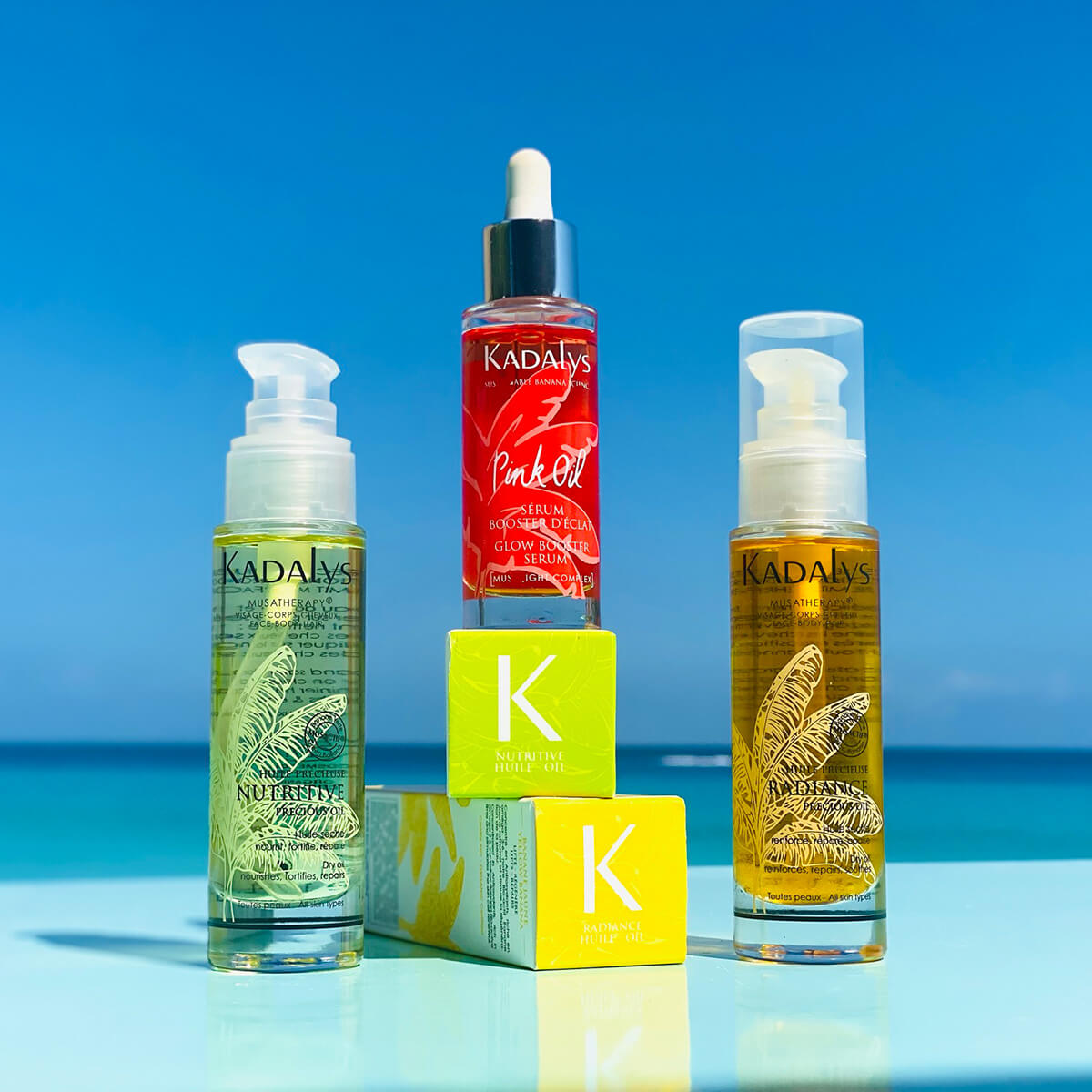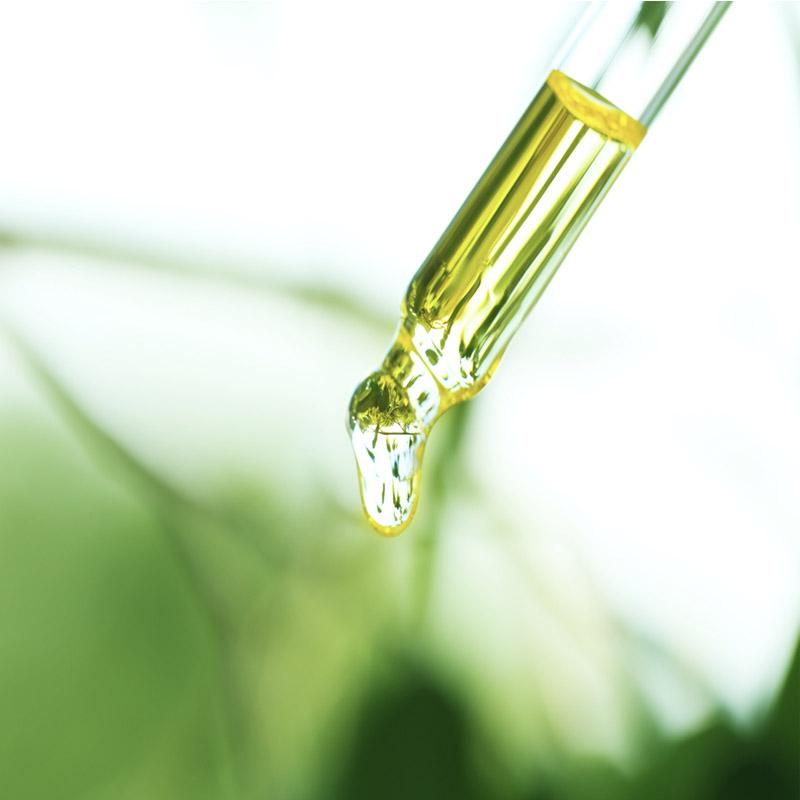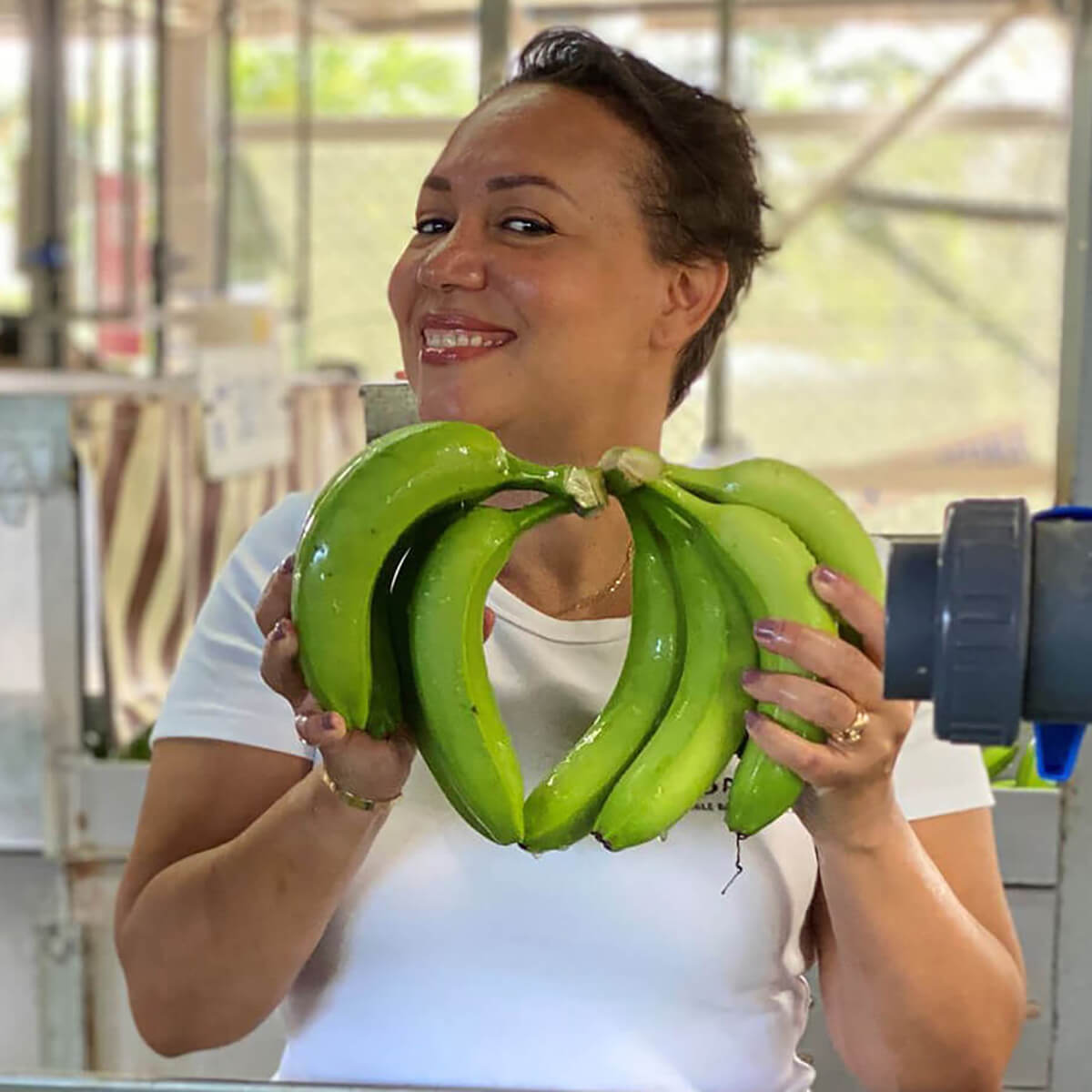
How To Layer Skincare Products
You've heard people talk about the importance of layering skincare.
They say the order in which you apply your skincare products matters. It's true. If you layer products in the wrong order, you can reduce their effectiveness.
But what does that mean? What happens if you don't layer in the correct order?
While it might feel like you need a chemistry degree from MIT to figure it out, we promise you don't.
All you need are to know some simple guidelines. In fact, these tips are so easy ... it's bananas (see what we did there. 😉)
But first, let's talk about why you need to layer skincare in a specific order.
DOES THE ORDER REALLY MATTER?
Having the right skincare products for your skin type is only half the battle. To make sure you’re getting all the benefits from each product, it’s important to apply them in the correct order.
This means starting with the thinnest, most lightweight formulas and working your way up to thicker ones.
Doing this will ensure that each product has enough time to penetrate into your skin barrier before being sealed in by a heavier formula.
Imagine a set of nesting dolls. You must place the tiniest doll first so the larger dolls can nest over them. Otherwise, the dolls cannot be stacked together.
Layering works similarly. Working from thin to thick –– or lightweight to heavy –– ensures thicker formulas don't prevent lighter formulations from penetrating your skin.
With this simple step-by-step guide, you can be sure that you’re getting all of the benefits from your skincare routine.
THE BASIC SKINCARE ROUTINE STEP-BY-STEP:
STEP 1. Remove makeup and cleanse to start with a clean face.

As with any valuable work of art, it's better to start with a clean canvas. Starting your routine with a clean face can be refreshing and beneficial for your skin.
Cleansers remove makeup, dirt, and oil that build up throughout the day. Cleansing helps keep your skin clear and ready to accept the rest of the products in your routine.
Cleansing is so critical that some people like to do it twice! Double cleansing uses a cleansing oil to remove makeup and sunscreen during the first step. The second step calls for a water-based formula to remove any remaining impurities.
Keep in mind –– if you don't wear a lot of makeup, you might not need to double cleanse. In that case, you would need only one effective, gentle cleanser.
Cleansing is the foundation of your routine. Investing in a quality cleanser is vital. You don't want any impurities left behind. They'll only block the rest of the products in your routine.
PRO-TIP: If you're adding an exfoliation treatment to your weekly routine, this is where it goes –– after cleansing and before applying other products.
Read more: 7 Reasons Why You Should Exfoliate
STEP 2. It's time to tone. Re-balance your skin and prep it for the next step.

Toners can help re-balance the pH levels of your skin. They create an optimal environment to make the most of the next step in your routine.
Imagine a dry sponge trying to soak up spilled milk on a kitchen counter. It's stiff and hardened. It can't absorb the milk.
But dampen that sponge with some water, and voila! Now it soaks up all the spilled liquid leaving you with a gleaming kitchen counter.
Toners work like that. They prep your skin and help it absorb the expensive serums and moisturizers that follow. Who doesn't want that?
STEP 3. Apply serum(s) or product(s) designed to target specific concerns.

Serums treat specific skin concerns, such as dark spots, aging, wrinkles, dullness, and blemishes.
You can think of them as a supplement of a specific vitamin or mineral. The concentrated formula allows them to pack a punch.
The light texture of serums makes them easy to add to a routine without leaving a heavy or greasy feeling.
This is also the step in which you would apply any acne products for those with acne-prone skin.
STEP 4. Moisturize to lock in hydration and keep the skin looking plump and healthy.

Glowing skin comes from hydrated bouncy skin cells. But when skin becomes dehydrated or loses moisture, it looks dull and lackluster.
The term for your moisture barrier losing water is "Transepidermal water loss," or TEWL. (Drop that into your next cocktail party conversation when you want to sound science-y).
TEWL is an expected and unavoidable process. TEWL occurs throughout the day, but the rate of moisture loss tends to increase at night.
Enter stage right: your favorite moisturizer to the rescue. Moisturizers are occlusive, meaning they prevent water loss.
Moisturizers lock in hydration to keep skin looking plump and healthy.
Add a cream or face oil daily, and watch as it restores a healthy, youthful glow.
PRO-TIP: Eye creams tend to be lighter than facial creams. They also tend to contain active ingredients designed to target specific concerns (like serums do).
So, if you're applying an eye cream, apply it before your regular day or night cream.
STEP 5. During the day, finish with sunscreen. Protect your skin from harmful UV rays.
The last step of your morning routine is sunscreen -- every day and year-round.
Sunscreen helps protect your skin from those pesky UV rays. They cause only harm to your skin –– such as can cause sunburn, premature aging, and even skin cancer.
Think of sunscreen the same way you think of a savings plan. You're investing in your skin's long-term health and beauty. You'll thank yourself for it later!
HOW MANY STEPS DO I NEED?
You might wonder: do I need all these steps to have healthy skin?
The answer is no. You can keep your skin healthy with a simpler routine, but don't cut out the basics. What's the bare minimum? Cleansing, moisturizing, and sunscreen.
While you can always add more steps to your skincare, never skip these three steps. They are essential, and your skin will thank you later.
HOW MUCH TIME SHOULD YOU ADD BETWEEN LAYERS?
Have you ever applied a moisturizer over a serum only to have it ball up on your skin? So annoying, right?
Known as pilling, this happens when skincare products clump together. The results are little chunks or balls of formula on your skin.
So how do you stop it? The easiest way to prevent piling is to allow enough time for each layer to absorb before moving to the next step.
That way, the products have time to penetrate your skin instead of sticking together.
Worried about wasting time while you wait?
Try brushing your teeth or performing other daily tasks between your skincare steps.
Or consider setting an intention or meditating briefly. These actions can invite a sense of peace and calm as you start and end each day.
BTW––Another way to prevent pilling (and the frustration that comes with it)? Don't use too much product at each step.
Adopt the mantra that a little goes a long way. Start with a small amount of each product and adjust from there.
Again -- be sure to let each layer absorb before you add the next.
THE BOTTOM LINE
Proper layering doesn't have to be a challenge.
Follow these tips and transform your skincare routine into your favorite daily ritual –– one that helps you start and end your day with a smile. We're hoping it's a banana smile!
Looking for some additional guidance? Check out our skincare quiz. With a few easy questions, you can create the perfect, personalized routine for your skin.
DISCOVER YOUR PERSONALIZED SKINCARE ROUTINE





